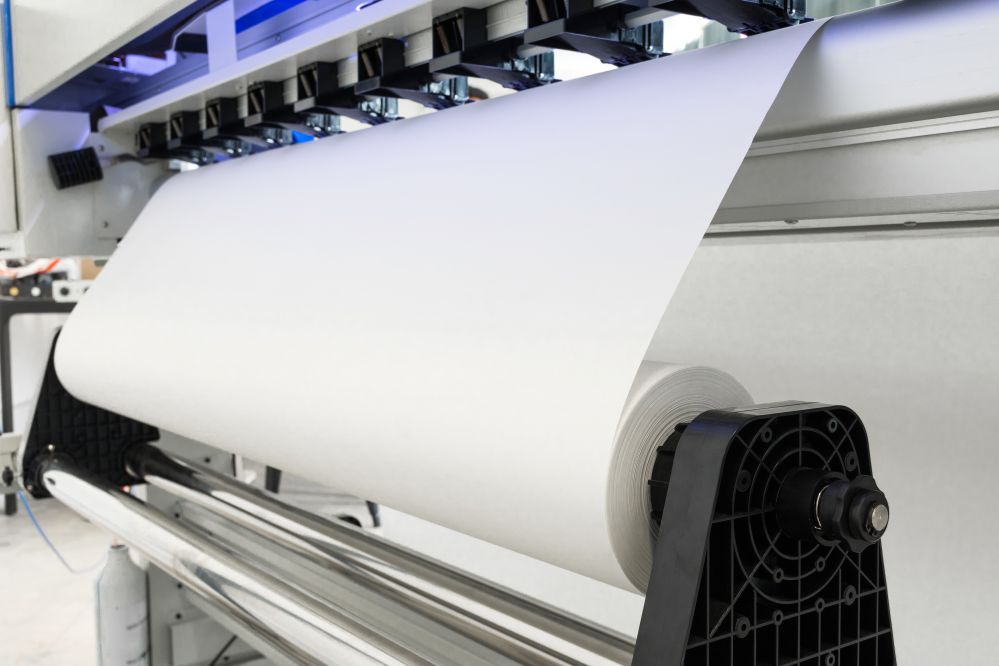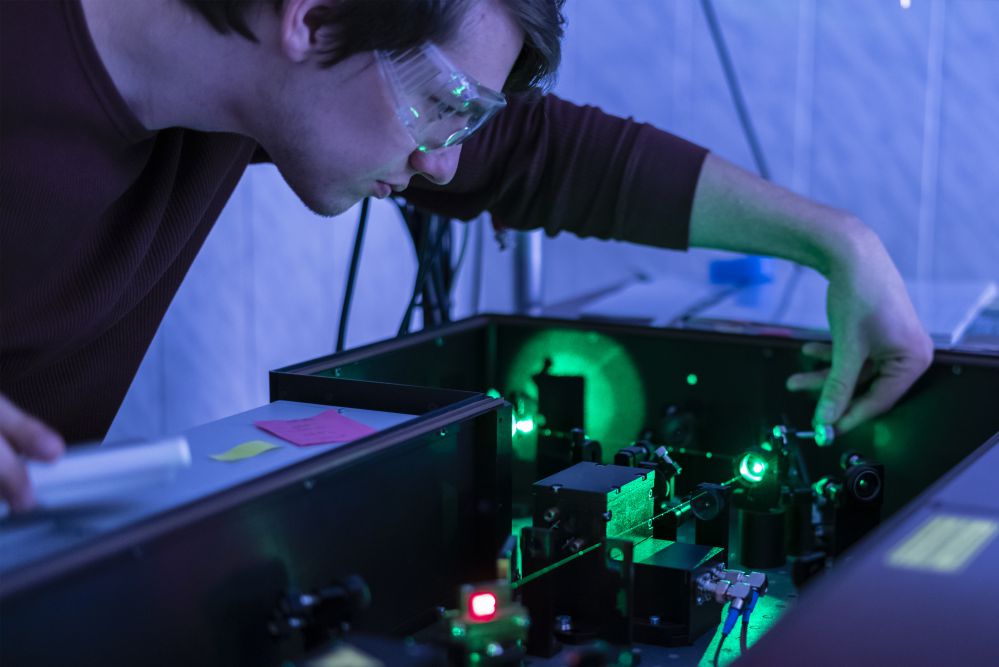In the last few years, laser-based processes have found application in nearly every sector. Practically every machining operation, that has traditionally been performed by mechanical tools, finds a laser equivalent. Lasers can currently cut, weld, drill, heat treat, kiss cut a very wide range of materials.
For the industrial sector, CO2 laser sources are widely adopted. The features of their laser beam make them suitable for a great variety of manufacturing applications and materials. A CO₂ laser is definitely what you need if you are considering switching to a laser based production process.
But what are the advantages of adopting a laser system and in particular a CO2 laser? How can it improve the productivity of your lines? Let’s make this clear using the example of laser cutting.
1. You won’t need strong fixturing
Since CO2 laser cutting is a non-contact process, you need no strong fixturing to keep your material centered on the working area, as in conventional machining. In CO2 laser based process, no mechanical forces are implied: the laser head will deliver the laser beam where required.
This feature will speed up the transition from part to part or between sheets of different materials through a production run. In a small amount of time you will be able to cope with different design patterns for both additive manufacturing or fabrication.
2. Cutting flexible materials will be a joke
The absence of touching parts and strong fixturing speeds up the cutting operations of flimsy materials like paper or plastic film. When performing a cutting procedure, a laser beam is as sharp as a scalpel. Forget the fear of accidental distortions or cracks: a laser beam won’t push on objects with which they come in contact. Hence a CO2 laser will be suitable for both soft and hard materials.
3. Computer is on your side
Computer numerical control (or CNC) will give you a complete control of essential parameters such as the kerf and direction of cut. Thanks to the narrow cutting kerf allowed by CNC CO2 laser cutting you will obtain the most intricate and beautiful design patterns.
4. Reduce the wastage of material
This means that you also will be able to make the most of your base material. It will be easy to optimize the arrangement of the figures to be cut out from the surface, so as to minimize the wastage of the base material and optimize your ressources.
5. A slight heat affected zone means that your material will be safe
Laser cutting processes like CO2 laser cutting use the energy and heat conveyed by the laser beam to cut through a material. You might think that such a process would damage material as delicate as paper, plastic film or cardboard. Actually, the heat affected zones are so small that laser cutting operations are perfectly suitable for heat sensitive materials.
6. Cutting operations will be done at the speed of light
A CO2 laser cutting system is very fast. It takes only a few instants to cut even the most intricate and arbitrary contours from a sheet of various materials.
7. Perfectly refined and uniform parts
Lasers are so precise that they cut through without leaving any imperfection. Your produced parts will be perfectly and completely refined and uniform.
8. Minimize tooling costs
A great advantage of CO2 laser cutting over mechanical machining is that there is virtually no tool wearing. A laser beam will always be a sharp cutting knife, producing clean, smooth, round edges. Needless to say, tooling costs will be dramatically reduced, especially in sectors that process very tool consuming materials (e.g. abrasive materials and sand paper production).
In conclusion, laser based machining processes are fast, reliable and cost effective tools for your production lines. They allows great flexibility and repeatibility of the process, ensuring small to no variations between the parts. Switching to a laser cutting system will dramatically improve your productivity rate and make your work more easy and fast.




